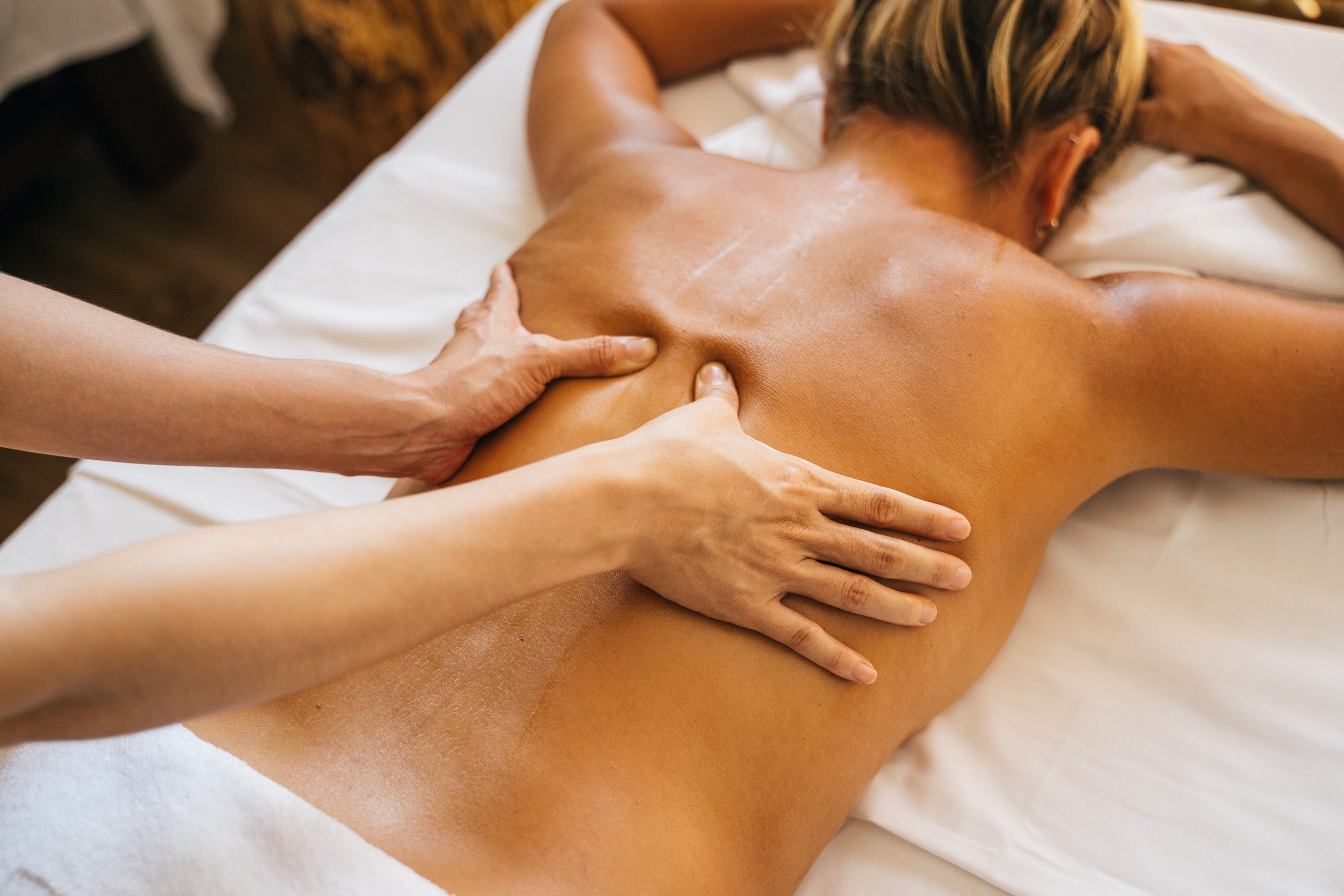Have you seen that some of our practitioners offer ‘soft tissue therapy’ and wondered what that is? In this blog, Nicola, one of the osteopaths in our Staines clinic, will explain what it is, what the benefits are of this therapy and what to expect from an appointment with her.
What is soft tissue therapy?
Simply put, it is a hands-on treatment that has grown out of traditional massage therapy. It is used to help reduce pain and restriction and it also supports tissue healing and sports performance.
According to a definition used by the SMA, Association for Soft Tissue Therapists soft tissue therapy is, “the management, manipulation and rehabilitation of soft tissues of the body including muscles, ligaments and tendons”. Although this therapy focusses on the musculoskeletal system, it influences other areas of our body and brings benefits to the nervous system, immune and lymphatic systems.
What are the benefits of soft tissue therapy?
Soft tissue therapy not only benefits sportspeople but can help everyone adapt to the everyday stresses and strains put on our body by busy lives, or by long periods sitting at a desk. Many of our clients come to clinic with common problems such as repetitive strain injury, tension, sprains and fatigue. Soft tissue therapy can support injury recovery and prevent recurrence of future injuries.
A programme of soft tissue therapy may help to
- Boost circulation
- Improve lymphatic flow
- Support the removal of metabolic waste
- Sedate or stimulate nerve endings
- Support optimal muscle tone
- Help with scar tissue
- Support relaxation and a feeling of ease
Who benefits from soft tissue therapy?
Sports players come for soft tissue therapy to help them prepare for a new training routine or a competition, as well as in the recovery period following competition. In the case where injury has been sustained, it can support a progressive rehabilitation programme.
After an operation or more serious injury, this therapy can help to improve soft tissue mobility and function around scar tissue.
Including soft tissue therapy to a routine of exercise for stretching and warm-up can help not only to prevent injury but to also boost performance.
Not a sports player? If you are feeling aches and pains as part of your everyday life, perhaps as a result of long periods sitting at a desk, or lifting heavy weights, soft tissue therapy can help your body release tension and adapt more easily to stresses.
What can I expect from my soft tissue therapy appointment?
During your Soft Tissue Therapy appointment, your therapist will take a full history including any past injuries, and present lifestyle and activity levels. He or she will observe how you move and assess how the soft tissue feels.
This will guide an accurate identification of the cause of any pain or discomfort, and then a personalised approach and treatment plan to address any pain or movement dysfunction.
The treatment may include massage, alongside soft tissue therapy techniques such as
- Soft Tissue Release (STR) – performing a precise stretch on a certain muscle through multiple planes of movement. The therapist identifies the area of tension through palpation. This area becomes the target for stretching
- Instrument Assisted Soft Tissue Mobilisation (IASTM) – a skilled intervention that includes the use of specialized tools to manipulate the skin, myofascia, muscles, and tendons by various direct compressive stroke techniques
- Muscle Energy Technique (MET) – a technique used to lengthen, strengthen and improve the range of movement of muscles. Your therapist will resist the muscle while you push against the resistance.
- Myofascial Release (MFR) – applying pressure to tight or sore areas to get them to relax. The pressure is applied with the therapist’s hands, elbows or a massage tool like a foam roller or a ball.
The frequency and regularity of your treatment protocol will depend on your goals, any recovery time from injury, your training and exercise routines as well as the responsiveness of your body to stress and tension, and to treatment. You will receive the results of your assessment and a treatment plan after your initial consultation.
Get in touch
For an initial assessment and consultation, call Nicola in our Staines clinic today.

